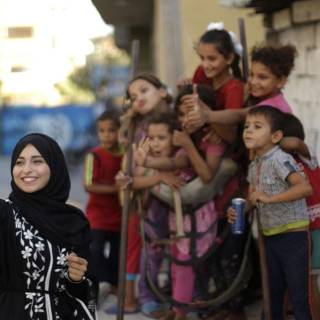From a minuscule 0.53% of the population in 2000, internet usage among Indians has gone up to nearly 30% in 2016. However, this is much less than the global average of 48%, according to the State of the World’s Children report 2017.
Access to the worldwide web is hindered by various factors, including poverty, race, ethnicity, disability, displacement or geographic isolation.
There is a need to close in on this divide for creating a level playing field and equal employment opportunities for children across the globe, the report stresses.
In fact, it states that studies from the United States, Australia, Tunisia and India show that adults without any experience in information and communication technology, even if employed, were likely to earn less.
Even gender plays a role in internet access. In India, less than one third of the internet users are women, the report states. Globally, 12% more men use the internet than women.
Apart from the physical access to the internet, there are other barriers too.
“In a world where 56% of websites are in English, many children cannot find content they understand or that’s relevant to their lives. Many also lack the skills as well as the access to devices like laptops that would allow them to make the most of online opportunities,” the report said.
Safe Use of Internet
Just ensuring access to internet is not enough though.
Internet connectivity makes it easy for predators to get in touch with unsuspecting children through anonymous and unprotected social media profiles. New technologies such as the dark web and cryptocurrencies also encourage streaming of child sexual abuse and trafficking.
With one in three internet users being under the age of 18, it becomes imperative that children are taught safe online behaviours — protecting one’s identity, knowing what to share and what not to share online, not getting in touch with strangers, and refraining from using abusive language.
Apart from sexual exploitation, exposure to unwanted sexual content and violence are two things that bother people.
23% people between the ages of 13 and 24 disliked violence on the internet and 33% disliked unwanted sexual content, according to a poll conducted by the report that received 63,000 responses.
“Digital technology can enable or abet... violence on a massive scale that affects lives and futures of hundreds of thousands of children,” the report read, citing example of Myanmar, where violence against Rohingyas was incited this year.
Easy access to internet also raises the question about the harmful use and over-use of technology.
“While those with strong social and familial relationships are likely to use the internet to bolster these relationships — leading to improved well-being — children experiencing loneliness, stress, depression or problems at home, for example, may find that the internet compounds some of these existing difficulties,” the report states.
But this should not be the reason to restrict a child’s digital use. Instead, safe practices should be promoted.
“Smartphones are fuelling a ‘bedroom culture’, with online access for many children becoming more personal, more private and less supervised. More attentive and supportive mediation by parents and educators holds the most promise for enabling children to draw maximum benefit and minimum risk from connectivity,” the report said.
